Automated film slitting machines significantly reduce human error and improve operational safety through intelligent technology, and are the core equipment for efficient production in packaging, printing, electronic materials and other industries. Here are the key benefits and how they can be implemented:
1. Core technology to reduce human error
• High precision CNC system
It is controlled by PLC or industrial PC, and the slitting parameters (width, tension, speed) are preset to avoid dimensional deviations caused by manual adjustment (accuracy can reach ±0.1mm).
• Automatic deviation correction and visual inspection
Equipped with photoelectric sensors or CCD cameras, it monitors the edge position of the film in real time and automatically adjusts the position of the coil, solving the error problem of traditional manual alignment.
• Data management
The process parameter storage function can call up historical recipes with one click, reduce setting errors during production changeover, and support docking with MES systems to achieve full process traceability.
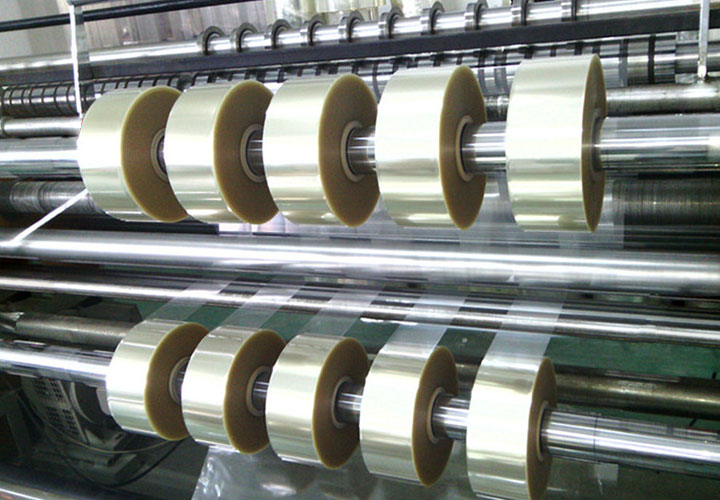
2. Design to improve operational safety
• Fully enclosed protective structure
The slitting area is equipped with a transparent explosion-proof hatch that automatically locks when the equipment is in operation to prevent limb contact with the blades or rollers (in accordance with ISO 13850 safety standards).
• Emergency braking and safety interlock
Emergency stop button + infrared grating double protection, stop within 0.1 seconds when abnormal approach; During maintenance, it needs to be unlocked through a safety key to ensure zero accidental start risk.
• Automatic waste disposal
Integrated vacuum suction device or broken edge recovery system to avoid contact with the cutting area when manually cleaning the leftovers.
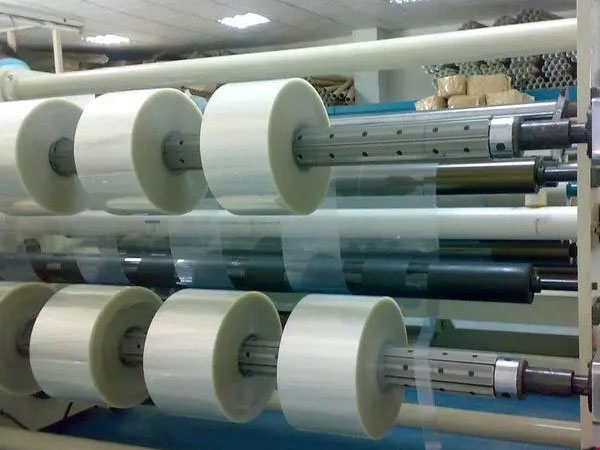
3. Efficiency and cost optimization
• Intelligent slitting algorithm
Automatically calculate the optimal tool arrangement scheme, increase material utilization by 5%-15%, and reduce trial cutting waste.
• Remote monitoring and predictive maintenance
The IoT module uploads equipment status in real time, warns of bearing/tool wear in advance, and reduces downtime caused by sudden failures.
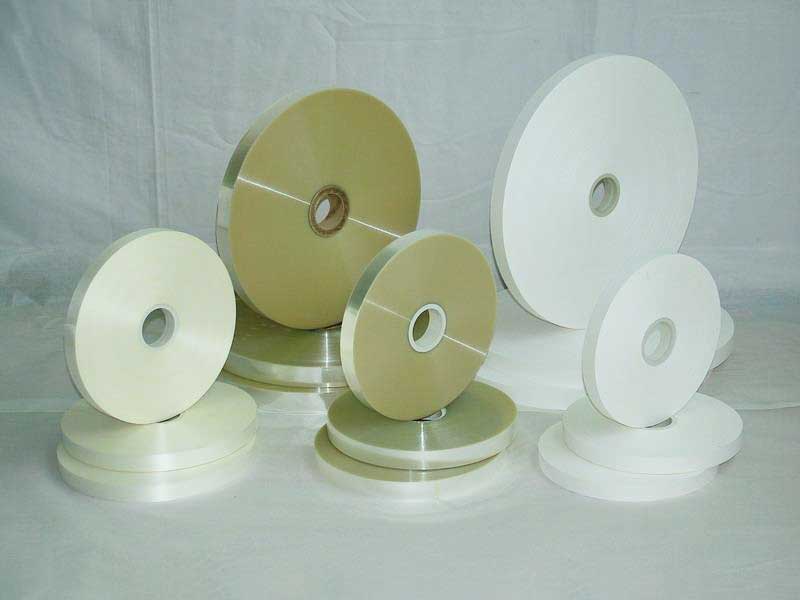
4. Typical application scenarios
• New energy field: lithium battery separator slitting (cleanroom-compatible version optional).
• Food packaging: Multi-layer co-extruded film slitting to support sterile environment requirements.
• Electronics industry: OCA optical glue slitting, dust-free and anti-static design.
Selection suggestions
• Material Adaptability: Confirm whether the device supports ultra-thin (< 10μm), high tensile (such as PET copper foil) and other special materials.
• Automation expansion: Reserve AGV interface or robotic arm docking function to adapt to future smart factory upgrades.
By deploying automated slitting machines, companies can reduce quality complaints by about 30% while reducing the risk of direct manual intervention by more than 70%, especially for high-end film processing where consistency is critical.
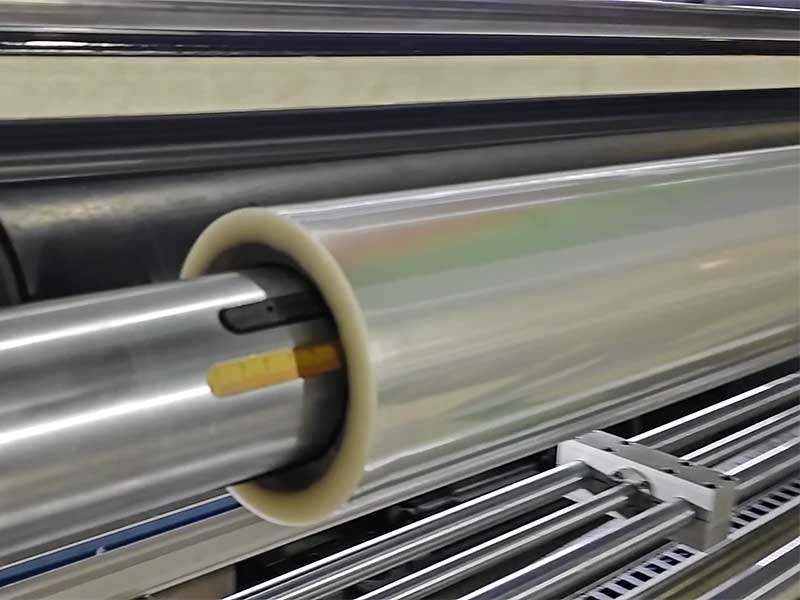
The intelligent control design of the new generation of film slitting machine represents the transformation of industrial equipment from "tool" to "partner".
20. December, 2025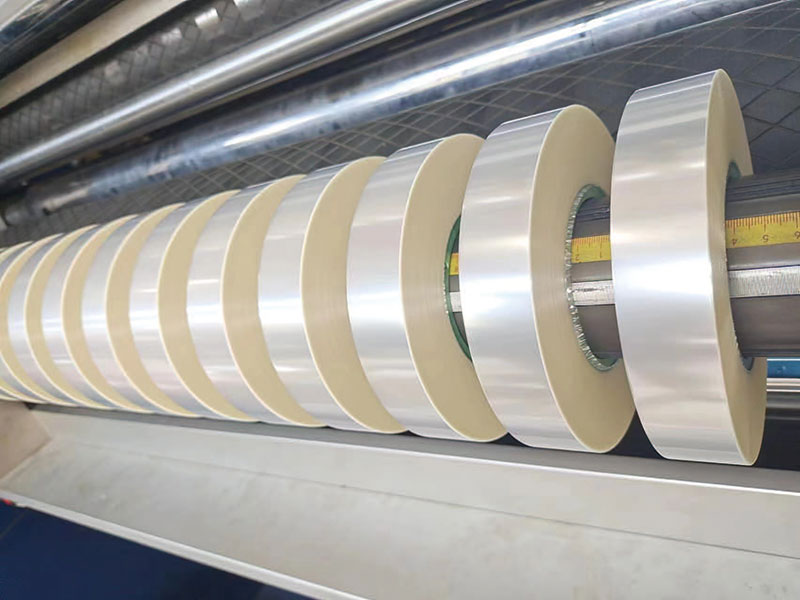
Achieving continuous 1,000 hours of trouble-free operation requires not only systematic technical upgrades, but also all-round innovation from design concept to maintenance strategy.
20. December, 2025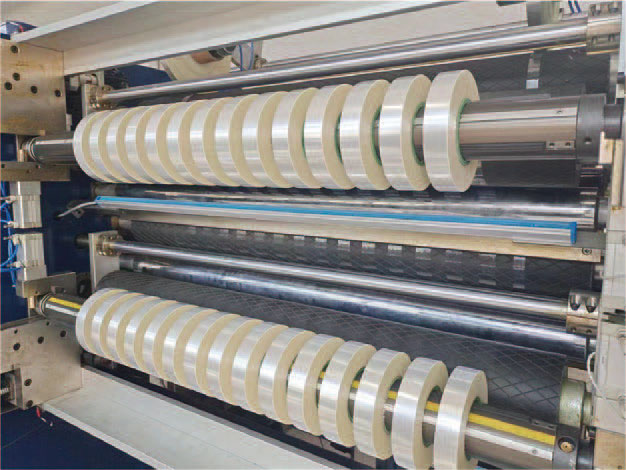
In the face of a dazzling array of models on the market, how to make informed decisions when purchasing?
20. December, 2025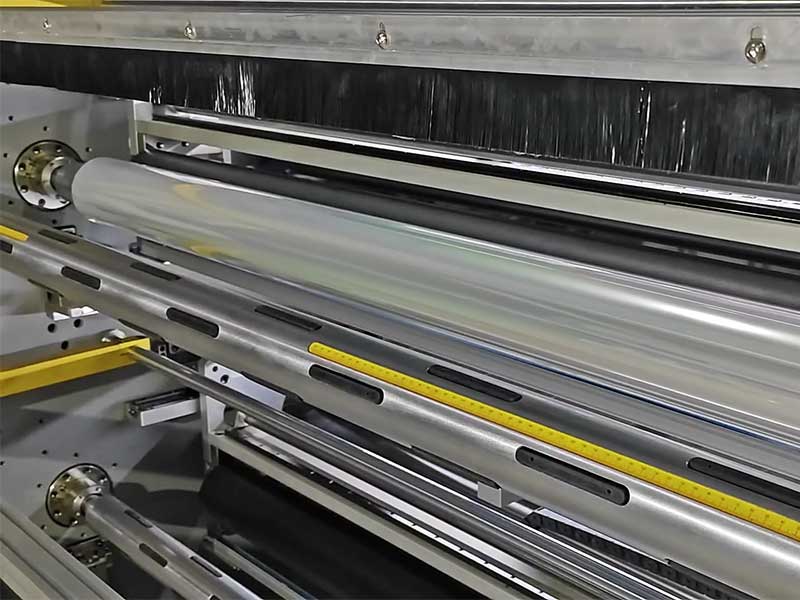
These film materials need to be precisely cut into different widths during the production process to meet the needs of various models and components.
10. December, 2025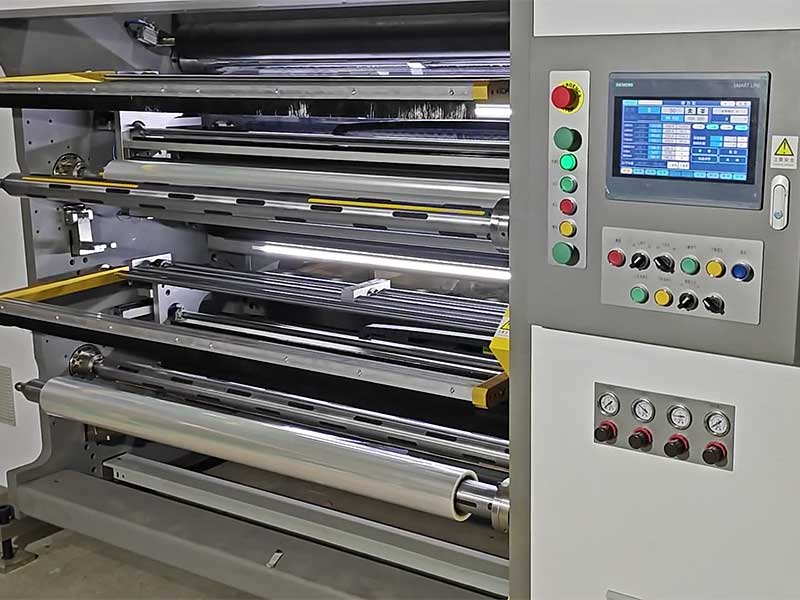
The automotive film slitting machine, an increasingly intelligent "cutting knife", is accurately cutting out redundant costs, inefficient processes and backward production methods.
10. December, 2025